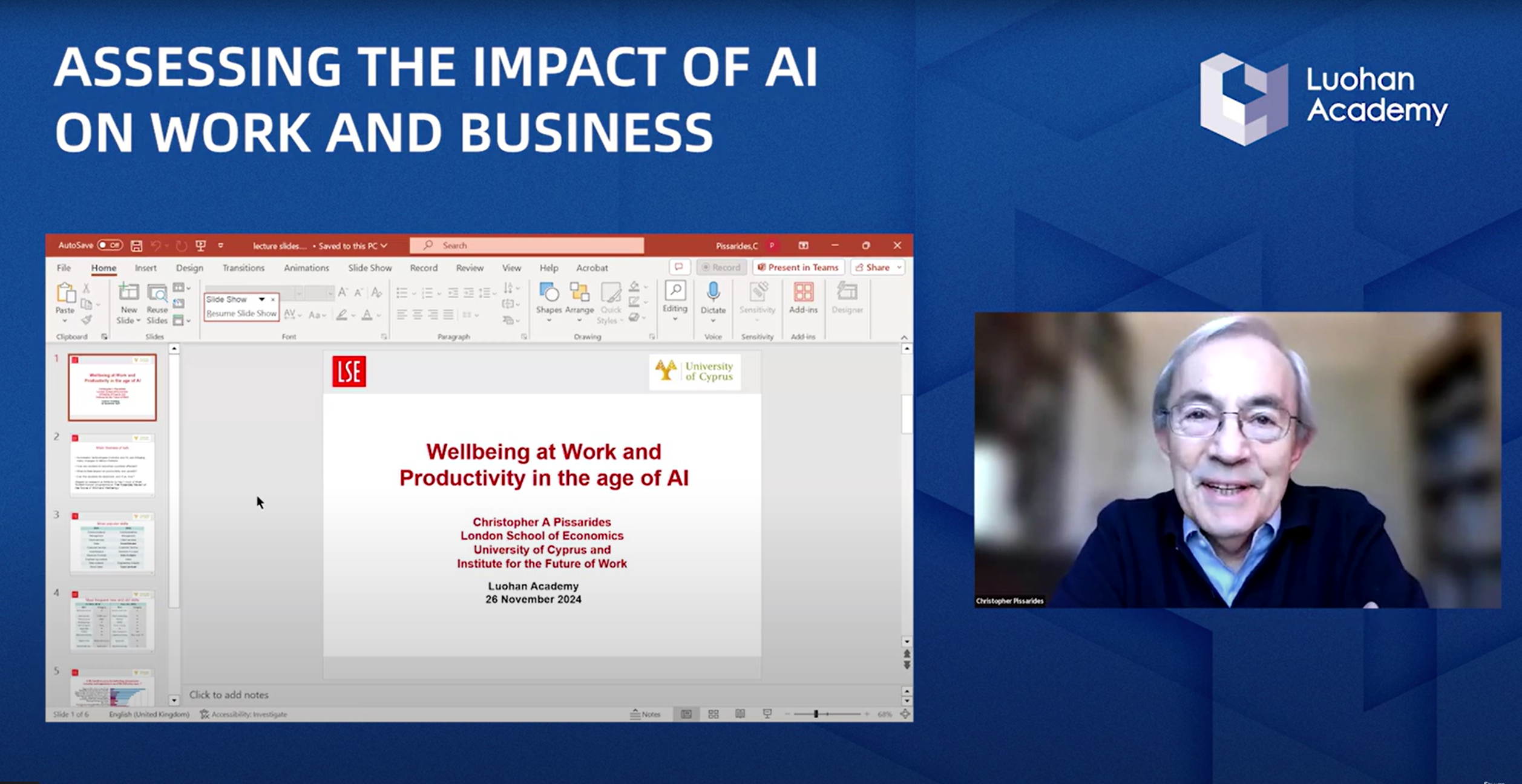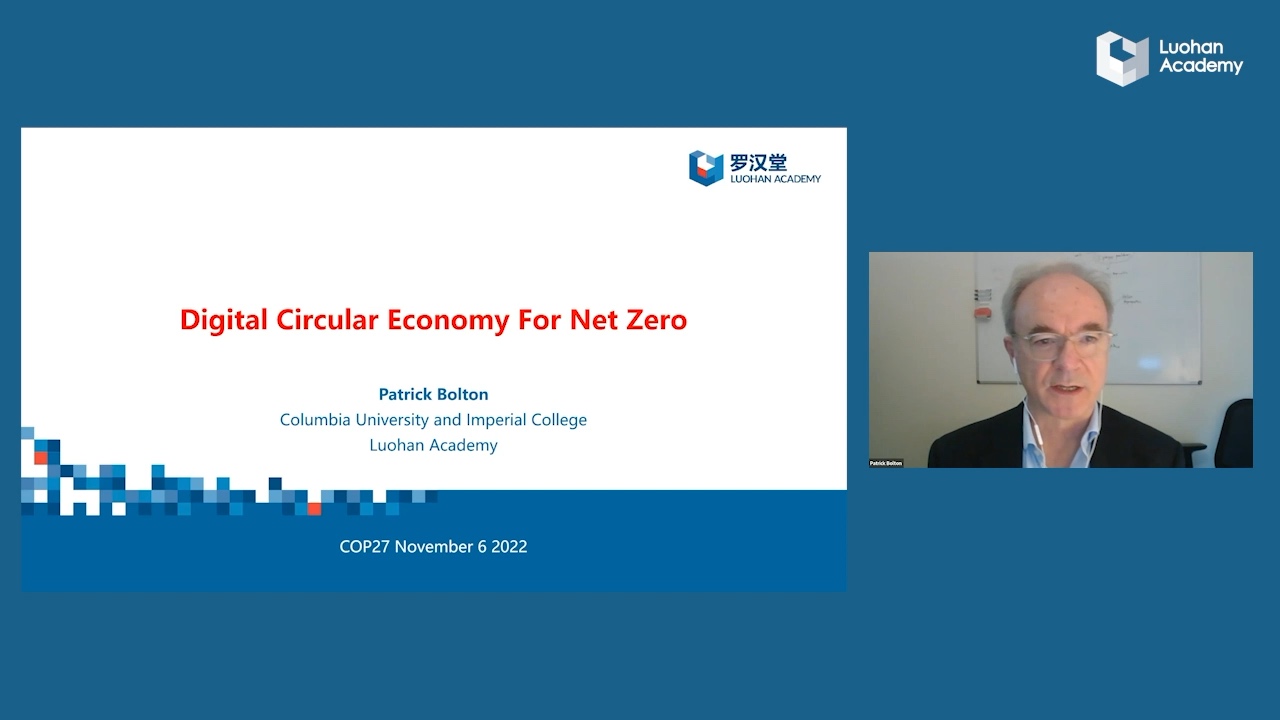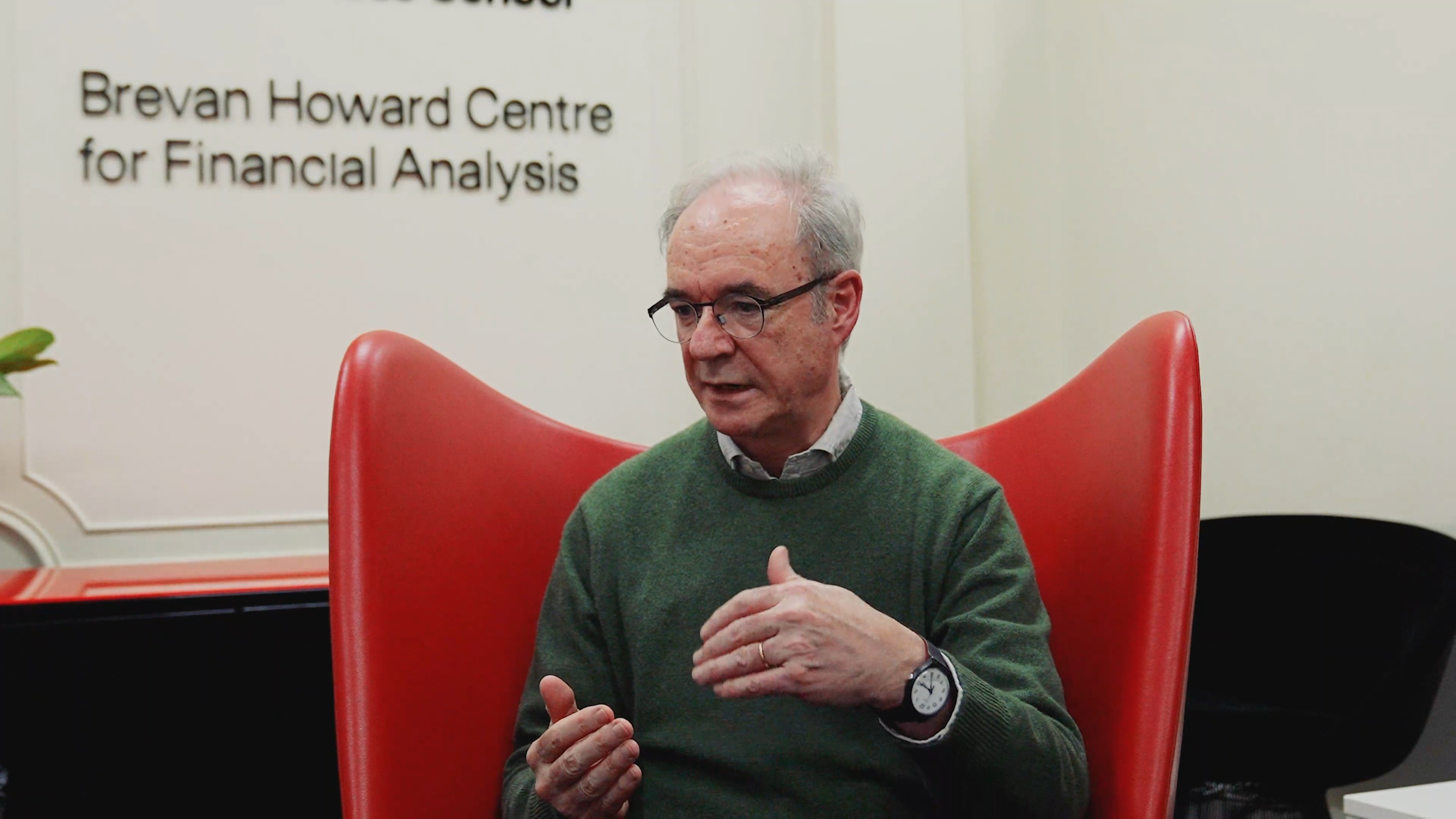On June 29, 2019, Luohan Academy, an open-research initiative by Alibaba Group, marked its first year in Hangzhou by inviting Nobel Laureates, renowned economists, social scientists, tech pioneers, and professors from leading universities to discuss issues rising from a rapidly changing digital economy. Among others, Bengt Holmström, 2016 Nobel Memorial Prize winner and Paul A. Samuelson Professor of Economics at the Massachusetts Institute of Technology, spoke to the future of finance in the digital era.

Here are Five Takeaways from Nobel Laureate Holmström's remarks:
1. Holmström emphasized that the digitization of the financial industries has created plentiful opportunities to solve significant, outstanding, and enduring financial problems, but he emphasizes to understand the future, one must look at the past.
At its essence, trust is at the heart of a successful economic system. To understand the future of finance, we must first understand how the financial system has historically dealt with "the funding problem." The need for funding, or capital, historically and perhaps too generally can be divided into two groups — those who have ideas, but no money and those who have money, but no ideas. The goal is to connect these two groups together.
2. Funding in the past has been based on traditional, property-types of collateral, yet funding in the digital age can be based on a new type of collateral — data, or information, which has its own inherent value.
In the past, there have been two basic methods of getting money from investors to borrowers. The first solution has been based on traditional collateral. Regardless of what the borrower's need is — an idea or a business — before anything else, the lender asks for collateral. If the borrower owns something of value, they can put it up as collateral and get the required funding. There is no need for any additional information and no further haggling over price. It is a modern version of pawning. The investor (pawnbroker) buys the collateral (the pawn) at a safe rate, and the borrower has the right to buy back his collateral (pawn) at the same price plus interest.
But, Holmström asks, "what if you don't have collateral?" Which brings us to a second traditional method that has dominated the financial risk markets through recent history; An entrepreneur finds a source of financing — a bank, a private equity fund, or venture capitalist or some other third party — willing to put up the required collateral to help you secure your loan based on nothing more than an idea. In this scenario, the idea itself is a substitute for traditional collateral. Yet the problem of how to prove the idea is valuable can only be solved with data and information. And that takes time. But if you have a data-proven idea, the information can substitute for traditional collateral.
3. The methods of acquiring financing are changing.
Methods of acquiring the funding that lasted for thousands of years, are changing because of technology. Now suddenly and somewhat unexpectedly, obtaining financing based on data and information is more effective and economical than traditional collateral. Now large technology companies such as Ant Financial can use their payment methods to collect data in a variety of forms and use AI, machine learning, and deep learning algorithms to develop a credit score. This allows a person to get funding and be issued credit more quickly than ever before. For the first time, a borrower doesn't need to apply for a loan and prove worthiness. A data-based algorithm determines creditworthiness.
4. The digital economy is not defined by distance and is scalable.
In traditional financial systems, geography casts a large shadow; however, in the digital economy, now remote regions have the same access to capital as the largest metropolis. Digitization is also scalable, both up and down. Since traditional risk has been eliminated, pennies or fortunes can be transferred or collected instantaneously. Inaccessible places for traditional banks or other traditional financial institutions are all available for digital institutions like Ant Financial. This new age of inclusivity means that the lowest rung of the income distribution pyramid has access to financial services and in turn capital.
5. Traditional problems will be solved in new ways.
Within the financial system, there are fundamental needs: People need money, people need vehicles for saving, people need payment methods, and people need trust. Digital technology will not upset this old order but instead disrupt the limited solutions by bringing about new ways to meet these enduring needs.









